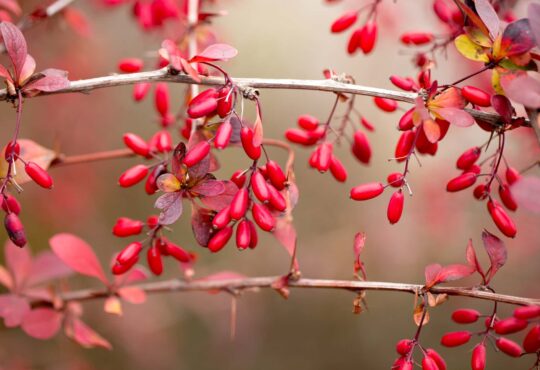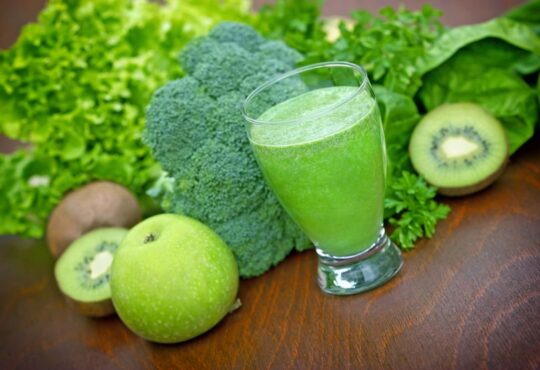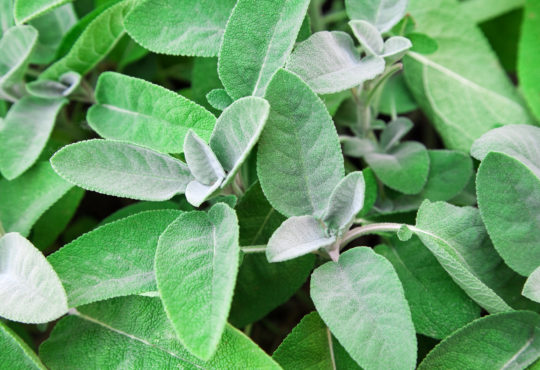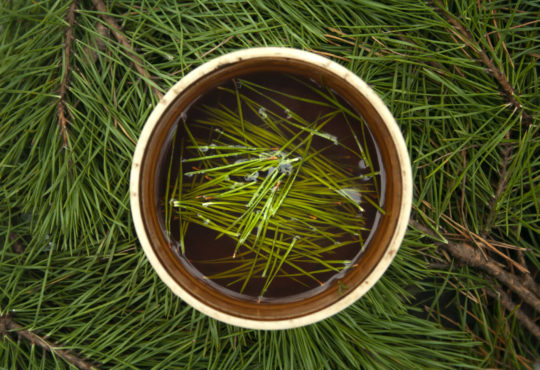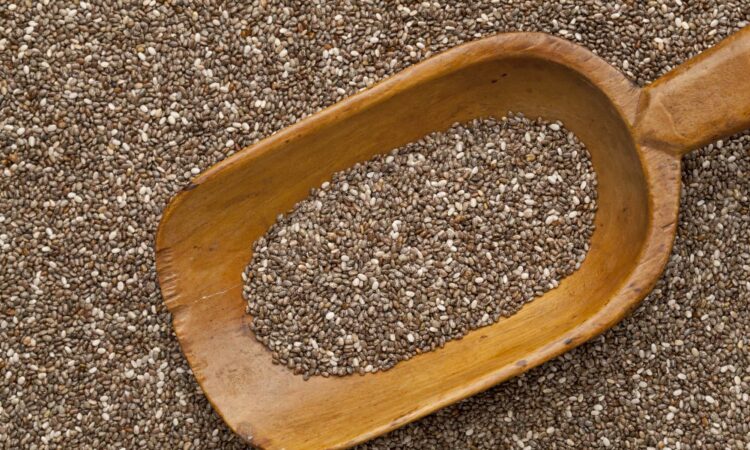
The Tarahumara people of Copper Canyon in central Mexico have long been famous in health and longevity circles for their ability to go for incredibly long distances.
It’s common for groups of Tarahumara to play a game where they kick a ball back and forth between themselves while running – for one or two hundred miles.
It’s not a matter of super genetics, either. Genetically, the Tarahumara are close cousins to the Pima in the southwestern United States – who have one of the highest rates of obesity and Type II diabetes.
Overall diet undoubtedly is an important factor. While the Pima have switched to eating typical American fast and processed foods, the Tarahumara still rely on homegrown corn, beans and squash.
But, according to Christopher McDougall, author of the bestseller BORN TO RUN, their super endurance comes from a food originally grown by the ancient Aztecs – chia seeds.
A runner himself, McDougall began experiencing pain and fatigue that establishment experts couldn’t explain or tell him how to eliminate. His research led him to Copper Canyon – one of the harshest environments on Earth – to learn from the Tarahumara.
After he began eating chia seeds like the Tarahumara, McDougall found he had “timed released” reserves of energy that allowed him to continue running long past his prior limits.
What are Chia Seeds
They come from the Salvia hispanica plant. It’s a member of the mint family but thrives in the semi-arid environment of central Mexico.
Chia are quite small, about the size of unground flax seeds. They’re mostly a sort of dark-green color, with some white ones intermixed.
Although once considered “exotic,” they’re now easy to find in the United States. My local Aldi’s carries them right next to the flax seeds.
What makes Chia Seeds so Healthy
This may be debated – and maybe they contain a powerful antioxidant we haven’t yet discovered – but the major component appears to be omega-3 alpha-linolenic acid (ALA). 65% of the oil in chia seeds consists of omega-3s.
This makes chia seeds one of the best plant – and dry land – sources of omega-3s. (The others are walnuts and hemp seeds.)
Starting in the 90s, some popular books – and cable TV infomercials produced by supplement manufacturers – convinced many Americans they needed omega-3 oils in their diet for optimal heart health.
According to the supplement manufacturers, the solution was to take capsules of fish oil.
The omega-3 fatty acids are actually made by algae in the ocean, but they accumulate in the livers of fish who eat the algae – along with all the gunk and environmental toxins the fish consume.
Some supplement manufacturers now grow the algae in pristine water tanks, so you can buy “fish” oil that’s bypassed the fish (and the polluted ocean waters).
Still, logic tells us fish and fish oil can’t be essential for human health, because millions of people have lived out their entire lives far from the oceans.
Plant sources such as chia seeds are key.
Besides large amounts of ALA, chia seeds are also a great source of soluble fiber, all nine essential amino acids, calcium and trace minerals such as zinc and copper.
Health Benefits of Chia Seeds
1. They easily absorb water, forming a gelatinous goo that gives your stomach a comfortable, full feeling without eating a lot of calories. So they can help you lose weight by making you feel satiated while eating less.
2. As you heard on the infomercials, omega-3 fatty acids are good for your heart health. Consuming chia seeds raises your blood levels of ALA and EPA.
A meta-analysis done of 14 studies showed that increasing your consumption of ALA by just one gram per day causes a 12% decrease in the risk for a fatal heart attack.
Another meta-analysis done on chia seed studies showed they reduced LDL cholesterol, HDL cholesterol, total cholesterol and triglycerides.
3. They help to lower blood sugar. Because they’re so rich in fiber and healthy fats, adding some to a meal slows down digestion. This blunts the spike in blood sugar you experience after eating. Over time, this can reduce your risk of developing Type II diabetes.
4. In a 12-week study, subjects consumed 35 grams per day of chia flour or a placebo. All of the subjects had hypertension, some treated and some untreated. All the subjects eating the chia flour experienced significant drops in blood pressure. The placebo group showed no change.
How to Eat Chia Seeds
They’re hard, but easily absorb water. When wet, they become gelatinous.
That means they’re great for adding to sauces, soups and anything liquid you wish to thicken. Some enterprising cooks mix the seeds with other liquids, from juices to almond milk, to create chia pudding.
I find it easiest just to throw two tablespoons into a smoothie. You can also add them to salads and cereals, including oatmeal.
Precautions
Because they contain so much fiber, they could cause you digestive problems if your diet is as fiber-deficient as most people’s. That includes gas and bloating.
The solution is to start small, with just one tablespoon a day, and keep working your way up.
Be careful if you’re taking medicines for diabetes or high blood pressure. Because chia seeds help you reduce blood sugar and blood pressure, you may soon need less medication. That’s great for your health but work with your doctor on reducing your prescription as needed.
Although rare, a few people are allergic to chia seeds. If you have an unusual reaction to them, stop.
Conclusion
You don’t have to help destroy the oceans to obtain the many health benefits of omega-3 fatty acids.
Just add chia seeds to your daily diet.
You might even feel like running ultramarathons.
https://www.webmd.com/diet/health-benefits-chia-seeds
https://www.mindbodygreen.com/articles/chia-seeds-benefits
https://www.eatright.org/food/food-groups/fats/what-are-chia-seeds
https://beyondtheequator.com/blogs/blog/the-cultural-importance-of-chia
https://nutritionfacts.org/video/friday-favorites-do-chia-seeds-help-with-belly-fat/


